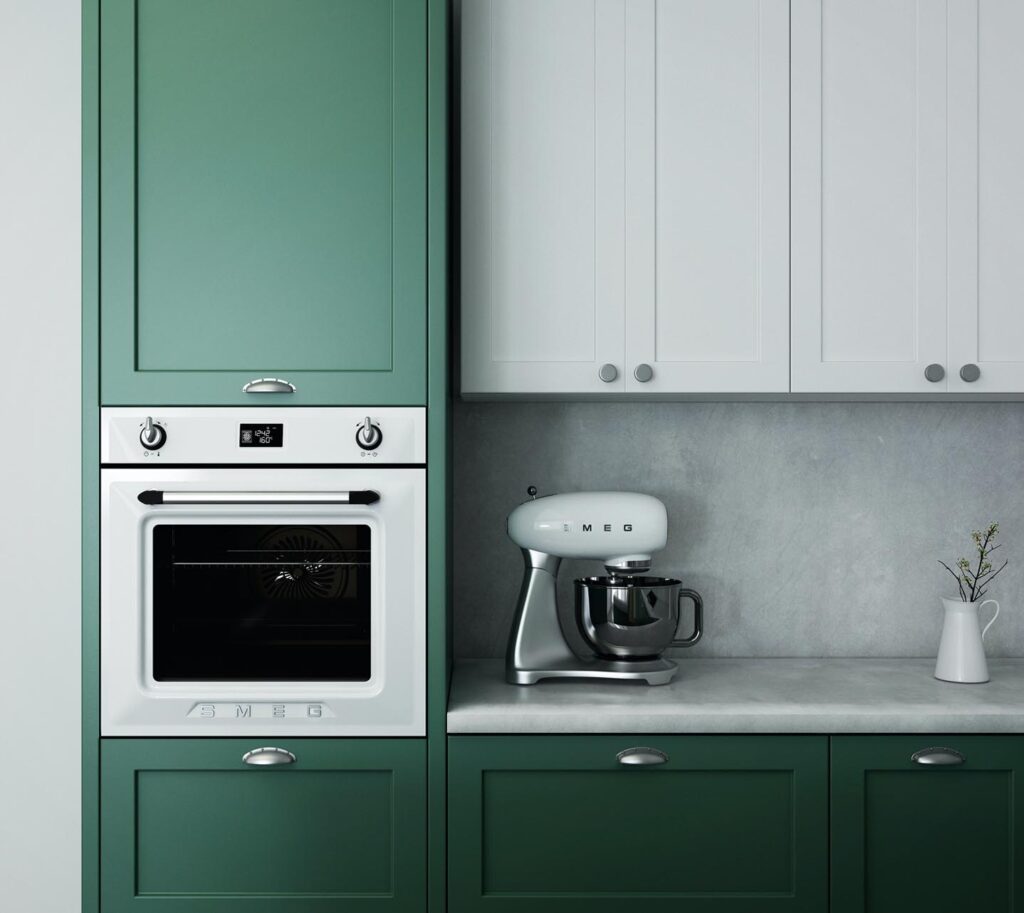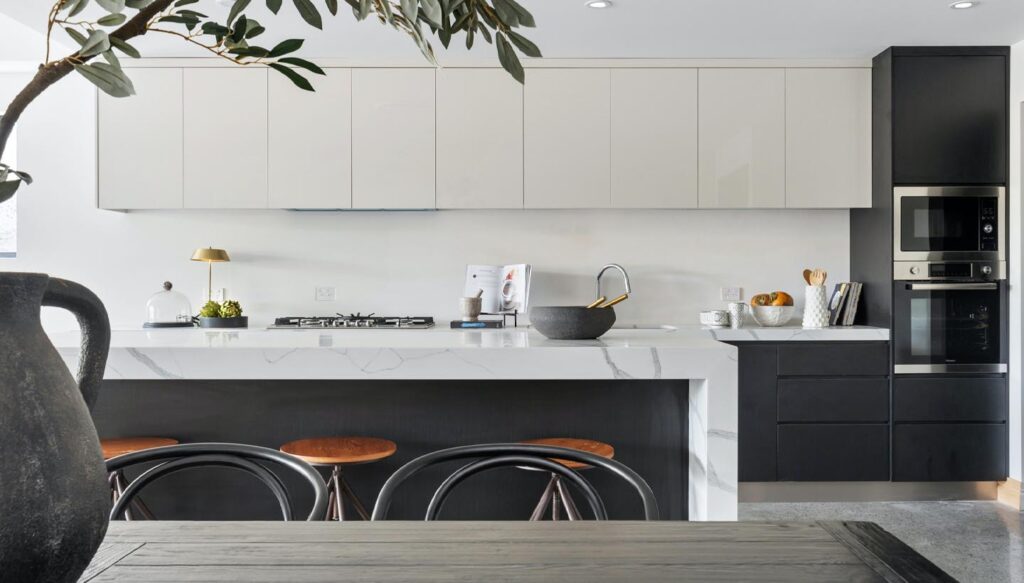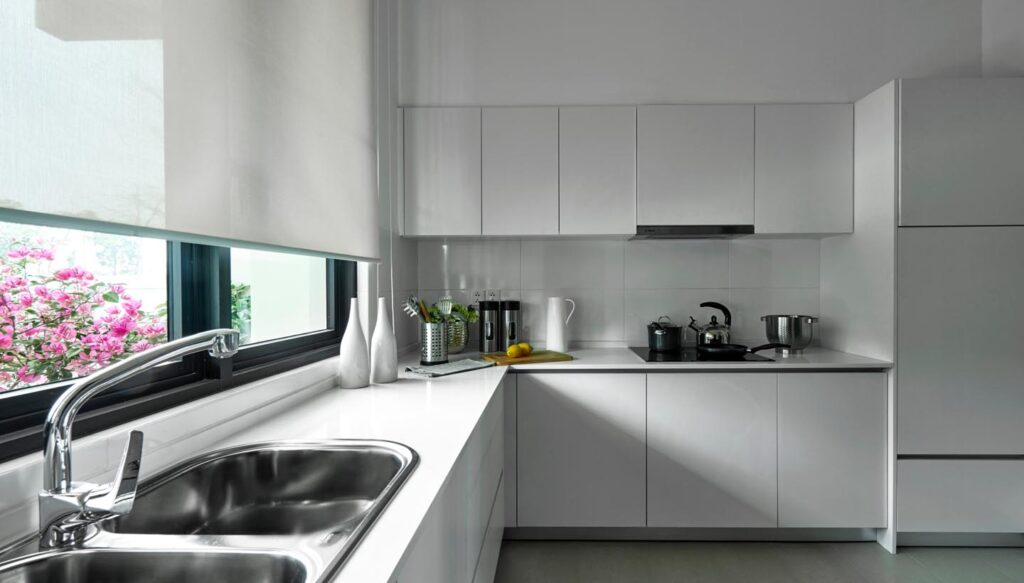
Painting your kitchen cabinets may completely transform the look of a space. But if done incorrectly, the outcomes might be disastrous. With the appropriate information, you can paint your cabinets with confidence that the finished product will be lovely and long-lasting. Let’s discuss various paint types as well as traditional and current color trends for this year. Here is all the information you require to select the best paint for kitchen cabinets.
There are many different paint varieties; however, we strongly advise using something of good quality and quick drying. Preparation work and effort are involved in the process of painting kitchen cabinets. Use high-quality paint instead of cheap paint since it will last long after all that laborious work and will last longer overall.
Since kitchen cabinets experience much more wear and tear than interior walls, you should also apply hard-drying paint on them. Consider how frequently you reach for your cabinets (to open drawers or stow items inside of them), compared to how little you probably interact with your walls.

The type of paint that should be used on the kitchen cabinets is essential. Ranging from semi-gloss enamel paints to basic dyes, each of them has its own pros and cons. Here are a few of the colors, that will be great for 2022.
One of the simplest ways to give your kitchen a fresh look without doing a major redesign is to paint your cabinets. Freshly painted cabinets will completely change the look of the space, whether they are all-white, sage green with brass hardware, or striking blue. This project can be a surprisingly economical (though time-consuming) DIY if you take on the task yourself.
Take the cabinet boxes’ doors and drawers out. Remove any hinges, handles, or other hardware that can obstruct the painting process. Use a sharpie to number the doors underneath where the hinges go, and then cover them with a little piece of painter’s tape. This will make rehanging the doors simpler.
Clean your cabinets. Making sure that all of your cabinets are free of grease, filth, and sludge is one of the process’ most crucial tasks. We advise applying Krud Kutter Degreaser to any cabinets that are particularly grubby. After removing excessive grease, thoroughly wipe down the surface with a clean rag dampened with liquid sandpaper/deglosser.
Sand. Use fine-grit sandpaper to completely sand all surfaces (180 or 220 grit). To expedite the procedure, you can also use an electric sander if you have one. The surfaces only need to be sufficiently scuffed; there is no need to sand them down to the bare wood.

Dust every surface of the cabinets. Dust with an old paintbrush to get rid of the majority of the dust. If you have an air compressor, you can use a blower nozzle to remove the dust. Then, while still donning rubber gloves take a clean rag and dab it with some denatured alcohol. Utilize the rag to clean the surfaces of any leftover dust.
If necessary, cover the walls, floor, counters, and backsplash. Painter’s tape, plastic, paper, canvas drop cloths, or any combination of those can be used to accomplish this.
Cabinets are primed. The cabinets have been prepared, so it’s time to apply a coat of primer. The most resilient primer, if you have one and are comfortable using it, is shellac. This primer’s drawback is that it must be applied using a respirator because of its strong odor. Denatured alcohol or a solution of ammonia and water can be used to clean the product. A premium water-based bonding primer is the second-best product to apply on your cabinets for those DIYers out there that prefer to use a brush over a sprayer. Make sure to do your research on this and buy a primer that will adhere effectively to areas with a lot of traffic.
Subscribe To Our Newsletter
© Casa Bella • All Rights Reserved • Designed & Developed by Digital Otters